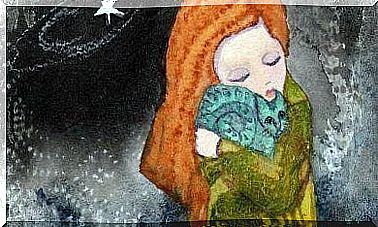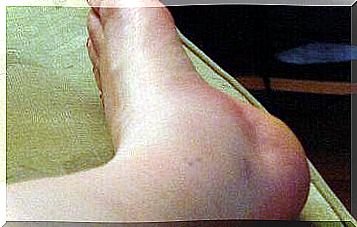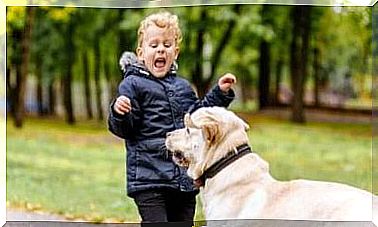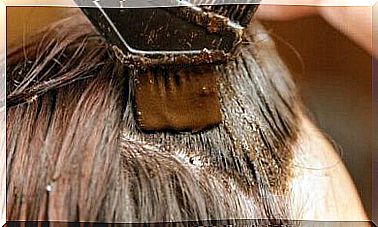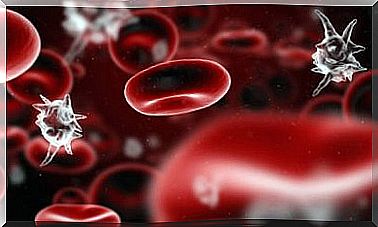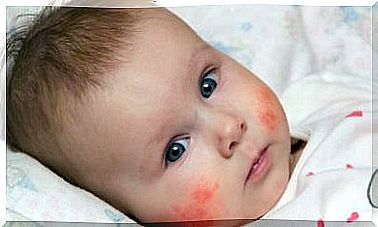Autistic Child: 4 Important Exercises
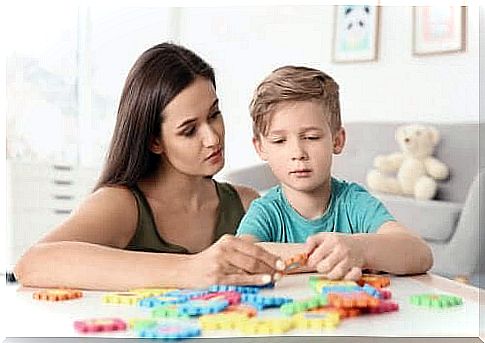
Autistic Spectrum Disorders (ASD), a childhood autism (diagnosis number F84.0), is a neurobiological developmental disorder of the central nervous system with a clear genetic basis and chronic nature that affects both nervous system composition and brain function. Are you aware of what exercises and motivation an autistic child can use to build both his or her social integration and emotional development?
Symptoms of the autism spectrum are related to social interaction and communication, as well as a lack of adaptability in reasoning and restriction of interest and behavior.
No person with this neuropsychiatric syndrome shows the same observable characteristics as another. Therefore, there are different diagnosis numbers that depend on the severity of the symptoms and the form of the incidence.
Next, we present a series of different exercises and activities that promote the stimulation of the cognitive abilities of an autistic child.
4 important exercises for an autistic child
1. Number exercises
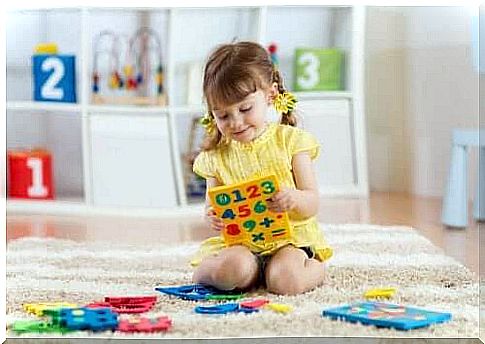
The interests of an autistic child are usually limited, but many of these children are particularly interested in numbers. Because of their young age, they are often unable to understand the rationale for the calculations, but usually they enjoy playing with the same number of objects.
In addition, an autistic child tends to show a great deal of interest in striking objects, so you can rely on attractive toys to promote the interest that an autistic child naturally has in numbers. As an example, we can take, for example, blowing soap bubbles and counting them.
You can also have your child have different classification games in which the child has to classify different objects or toys according to their shapes or colors. In this way, an autistic child can learn to construct different categories and list objects. For this, you can rely on, for example, large Lego blocks, paintings, small plush toys or balls.
This type of activity broadens the child’s interest and favors interaction with other people around them.
2. Music therapy for an autistic child
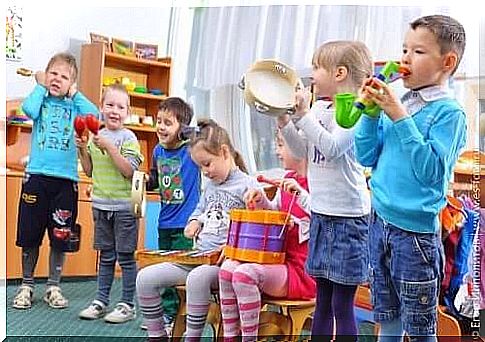
Music therapy is an art form that can favor the development of both child and adult behavior. Musical expression works at the level of non-verbal language and promotes a variety of communication channels, especially in cases where expressive functions have proven challenging, such as in children with childhood autism.
Musical activities have focused on promoting emotional development and individual expression. In this way, you can play, for example, to recognize different sounds in your child’s body, such as laughter, applause or yawning. Recognition is the first step to control, so sit down with your child and repeat the gestures that cause the sound while explaining to the child what their name and meaning are.
Another interesting musical activity for an autistic child is a play in which the child learns with you a short and repetitive song that includes various gestures of the body. The goal is for the child to be interested in the activity and take on the challenge to learn the song, but at the same time enjoy playing during the exercise.
3. Imitation games
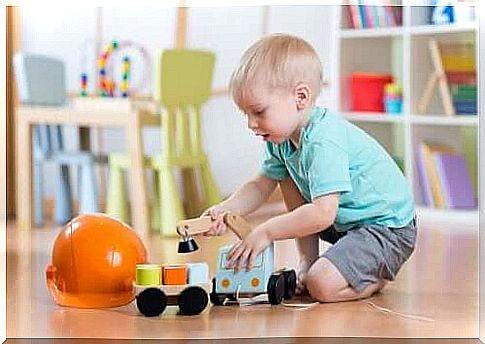
Repeating or imitating a particular behavior can allow a child to better understand the world around him or her and develop his or her social skills. It is also important that there is positive reinforcement, and that we are patient and do not expect them to understand everything from the outset.
For example, an imitation toy that is of interest to an autistic child may be one in which the child draws daily routines, such as brushing hair, brushing his teeth, or eating, after which you perform the play so that the child has to imitate these gestures. In addition, you can draw different animals and teach your child how each animal sounds. After this exercise, you show the child each animal drawn one at a time and the child in turn has to repeat the sounds and gestures of each animal.
All activities that involve repetition are exercises suitable for an autistic child. In addition, you can come up with other imitation games for your child based on which things are of most interest to him or her and this way make the exercise even more appealing.
4. Physical exercises

Physical activities favor a child’s psychomotor skills and his or her relationship to his or her environment. Ideally, the child should play and play outdoors, and with other children, but if this is not possible for one reason or another, you can prepare the playground for the child at home just as well with soft toys, for example. In addition, you can try the treasure hunt loved by many children, which includes as many different activities as possible, such as running, jumping, squatting, tipping and crawling.
It is important that the child’s interest in the exercise is aroused so that he does not lose his motivation and interest. So try to adapt the games and exercises to your best ability so that they best meet the child’s own interests and needs. Also, remember that the most important thing during these exercises is patience and positivity; the child may take their own time to learn the exercises, but during the process you will notice how the child is slowly building their social skills and emotional development.
